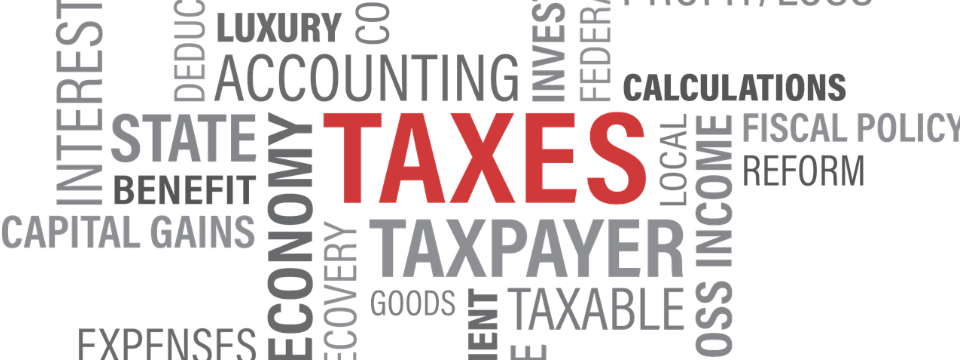What’s new in Public Policy? Mid-September, 2018
 by Janet Forbush, Contributing Editor
by Janet Forbush, Contributing Editor
Background: This Policy Column includes what will be a monthly feature that shares information regarding initiatives of the philanthropic community to address needs of children and youth. And, given the international focus of numerous foundations and individual philanthropists, we’ll shine a worldwide lens on developments that we anticipate will be of interest to the distinguished readers of the Chronicle.
This new feature will not replace the urgent focus on federal, state and local policy developments that are swirling around us on an hour-by-hour basis. We urge everyone to monitor what is taking place in your local and state election contests that are on the horizon and to participate at the voting booth in the next several weeks.
Global Philanthropic Developments
The Bill & Melinda Gates Foundation published the 2018 GOALKEEPERS Data Report earlier this week, only the second iteration of this informative report on the state of wellbeing around the world. Goalkeepers are defined by the foundation as “leaders who take a stand on the issues they care about and innovate in their communities to achieve Global Goals.” A constellation of 17 Sustainable Development Goals (SDGs), identified and agreed to by the United Nations in 2015, informs and analyzes promising approaches to achieving the goals throughout the world by a target date of 2030. The top five of these goals are (1) No Poverty; (2) Zero Hunger; (3) Good Health and Well-Being; (4) Quality Education; and (5) Gender Equality.
The Gates Foundation has committed to funding and publishing the Goalkeepers Data Report on an annual basis. The goals fall in four key areas and are informing vast investments by this Foundation in major efforts associated with health, education, sanitation, and family planning projects. In their Introduction to the 2018 Goalkeepers Data Report, Bill & Melinda Gates, Co-chairs of their foundation, ask whether poverty is inevitable. They shed caution on what has been previously described as “stunning progress in the fight against poverty and disease” characterize the current status as being on the verge of “stalling.”
That said, and here is a resonant tie to mentoring, they note that today’s “booming youth populations can be good news for the economy; if young people are healthy, educated, and productive.” An event to discuss and analyze the full report is scheduled to take place in New York City on September 25 & 26.
Federal and State Developments
Last April, U.S. Labor Secretary Alexander Acosta, who oversees Job Corps, announced that Job Corps “requires fundamental reform. It is not enough to make changes at the margins,” he added. “We need large-scale changes.”
Job Corps has graduated two million youth since it was started in 1964 as a Great Society program. Currently there are close to 50,000 youth enrolled. While the program has enjoyed bipartisan support since its inception, it was among programs targeted by the Trump administration to be cut. Job Corps principally serves black and Hispanic youths…two populations that the President had pledged to support through job training and apprenticeship programs. To date, it appears House and Senate conferees will continue to lend support to the Job Corps program. However, the level of funding remains uncertain. And, Secretary Acosta is engaged in efforts to turn about a dozen of the training centers into pilot projects which is the extent to which he can act without congressional approval. He has also reached out to governors in several states to gauge interest in converting existing centers into pre-apprentice-ship academies based on the National Guard’s YouthChallenge program, a 17-month program for high-school-age youths. There would likely be pushback from Senate Majority Leader, Mitch McConnell (R-KY), a strong proponent of Job Corps. This bears monitoring in the coming week as the end of the fiscal year approaches.
September 2018 Report from William T. Grant Foundation and the Forum for Youth Investment
Moving It Forward: The Power of Mentoring, and How Universities Can Confront Institutional Barriers Facing Junior Researchers of Color, co-authored by Vivian Louie, William T. Grant Foundation, and Alicia Wilson-Ahlstrom, Forum for Youth Investment, is a timely resource to introduce to Chronicle readers. Many of you are at the frontlines of mentoring young researchers as they pursue their vital research careers.
The Foundation initiated a project in 2005 to provide support to selected grantees for the purpose of strengthening their relationships with “junior researchers of color.” This program has been sustained and earlier this year was broadened to include a group of principal investigators of research grants. Ultimately, the Foundation seeks to increase the “number of strong, well-networked researchers of color” currently engaged in various aspects of the Foundation’s research. This is an innovative, exciting, inspired aspect of the Foundation’s continued work to promote the concept of mentoring at several meaningful levels. There have also been meaningful reviews of the successes/challenges of this program and these are informing ways in which this effort can be improved to advance the field overall to “position junior scholars of color for success.”
Fall Reading Recommendation
For mentoring programs seeking resources that will provoke thought and engagement of young girls and women and their mentors, the recommended reading for late September is Power in Numbers – The Rebel Women in Mathematics by Talithia Williams, PhD. Dr. Williams grew up in Columbus, GA and notes amusingly but not surprisingly in the Introduction to the book that when she tells people she is a mathematician, they are “shocked.” This remarkably bright and witty author makes all things STEM related to be appealing and energizing. The book is elegant! Dr. Williams is a co-host of NOVA WONDERS.
Dr. Williams cites Dr. Claudia Alexander as her mentor with whom she was paired for three summers. Claudia had a PhD in space physics from the University of Michigan and worked at NASA. The profiles of the women described in Power In Numbers will compel readers to get the book and enjoy the engaging descriptions and anecdotes of the featured women mathematicians and scientists. Published by RacePoint Publishing, this book is available through Amazon.com or www.QuartoKnows.com.










